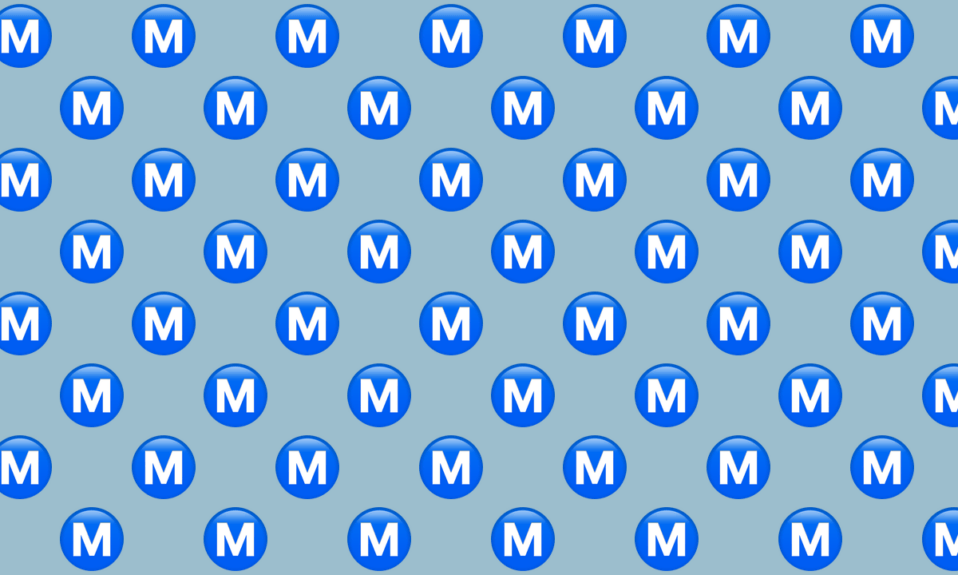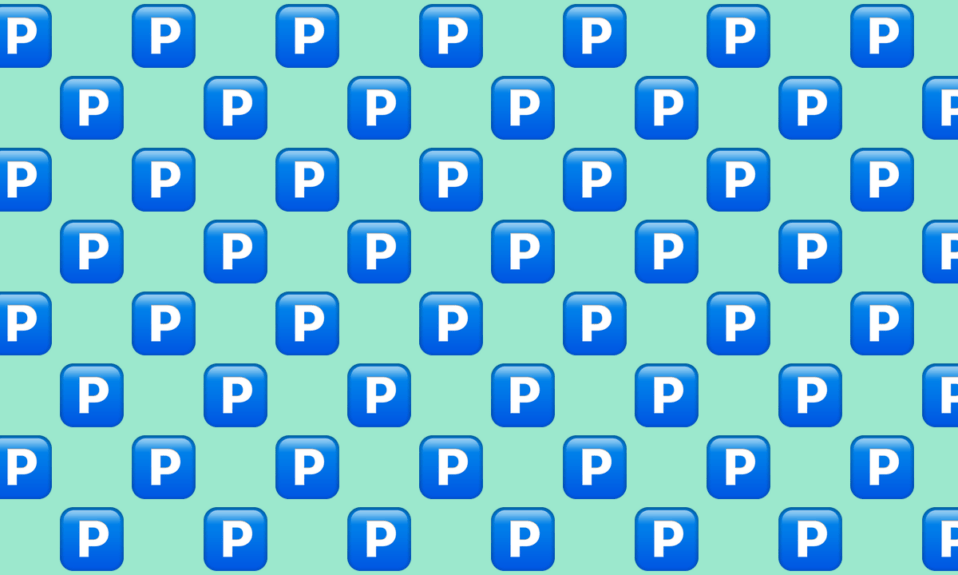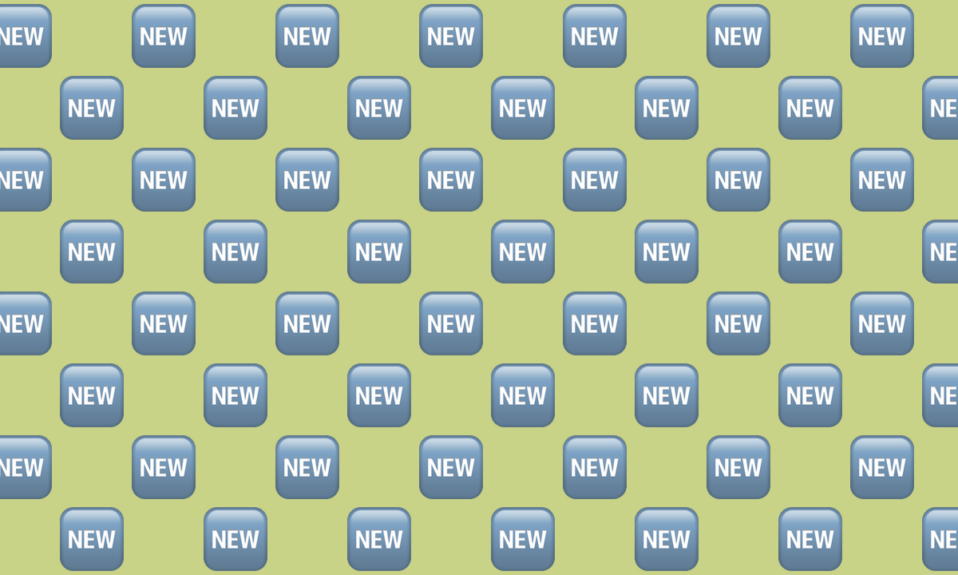What Does 🈶 Japanese “Not Free Of Charge” Button Emoji Mean?
The 🈶 Japanese “not free of charge” button emoji is a symbol that indicates that something is not free and comes with a cost. It is often used to convey the idea that you have to pay for something, whether it be a product, service, or even a person’s time or attention. Here are some possible meanings and uses of the 🈶 Japanese “not free of charge” button emoji:
-
Not Free or Costly: The primary meaning of the 🈶 emoji is to indicate that something is not free and requires payment. It can be used to communicate that a product or service has a price associated with it.
- “I’m sorry, but this item is 🈶. It’s not available for free.”
- “The concert tickets are 🈶. You’ll need to purchase them.”
-
Expensive or High Cost: The 🈶 emoji can also be used to convey that something is expensive or has a high cost. It can be used to express the idea that an item or service is not affordable or within one’s budget.
- “I really want that designer bag, but it’s 🈶. Maybe I’ll save up for it.”
- “The price of this car is 🈶. I’ll have to look for something more affordable.”
-
Value and Worth: In some cases, the 🈶 emoji can be used to imply that something is valuable or worth the cost. It can be used to express the idea that the price is justified by the quality or benefits of the item or service.
- “Yes, it’s expensive, but the quality and durability make it 🈶.”
- “The price may be high, but the experience is definitely 🈶.”
-
Not Worth It: On the other hand, the 🈶 emoji can also be used to suggest that something is not worth the cost or not worth the effort. It can be used to express disappointment or dissatisfaction with the value provided.
- “I thought this product would be great, but it’s 🈶. I wouldn’t recommend it.”
- “The service was so poor that it wasn’t 🈶. I won’t be going back.”
-
Limited Availability: In some cases, the 🈶 emoji can be used to indicate that something is available in limited quantities or for a limited time. It can be used to create a sense of urgency or exclusivity.
- “Hurry, the sale is 🈶! Get your hands on these limited edition items.”
- “This offer is only 🈶 for the next 24 hours. Don’t miss out!”
So, the 🈶 emoji is a versatile symbol that can be used to convey various meanings related to cost, value, and availability.
🈶 Japanese “Not Free Of Charge” Button Design




🈶 Japanese “Not Free Of Charge” Button Emoji Meaning From A Girl?
When a girl uses the 🈶 emoji, it typically indicates one of the following meanings:
-
Indicating Cost: The primary meaning of the 🈶 emoji is to indicate that something is not free and requires payment. A girl may use this emoji to convey that a product, service, or even her time or attention comes with a cost.
-
Expensive or High Cost: The 🈶 emoji can also be used by a girl to show that something is expensive or has a high cost. It can be used to express that an item or service is not affordable or within her budget.
-
Value and Worth: In some cases, the 🈶 emoji can be used by a girl to imply that something is valuable or worth the cost. It can be used to express that the price is justified by the quality or benefits of the item or service.
-
Not Worth It: On the other hand, the 🈶 emoji can also be used by a girl to suggest that something is not worth the cost or effort. It can be used to express disappointment or dissatisfaction with the value provided.
-
Limited Availability: In certain situations, a girl may use the 🈶 emoji to indicate that something is available in limited quantities or for a limited time. It can be used to create a sense of urgency or exclusivity.
When replying to a girl who uses the 🈶 emoji, here are some tips on how to navigate the situation:
-
Consider Context: Take into account the context of the conversation and the girl’s personality. This will help you understand if she is using the emoji playfully or if there is underlying sarcasm.
-
Ask for Clarification: If you’re unsure about the intended meaning behind the emoji, it’s always best to ask for clarification. This shows that you are engaged and interested in understanding her communication better.
-
Mirror Her Tone: If the girl used the 🈶 emoji in a lighthearted or playful way, respond in a similar tone. This helps to continue the conversation on a light and humorous note.
-
Reply with an Emoji: If you’re unsure how to respond, you could reply with an emoji that conveys a sense of understanding or agreement. For example, you could use 😊 or 👍 to show that you acknowledge her point.
-
Be Respectful: Regardless of the context, it’s important to be respectful and considerate in your response. Avoid making assumptions or judgments based solely on the use of the emoji.
Here are some examples of how girls typically use the 🈶 Japanese “not free of charge” button over text:
- “I really want those shoes, but they’re 🈶. Maybe I’ll save up for them.”
- “The concert tickets are 🈶. I’ll need to buy them online.”
- “Yes, it’s expensive, but the quality and durability make it 🈶.”
- “I thought this subscription would be worth it, but it’s 🈶. I’m canceling it.”
- “Hurry, the sale is 🈶! Get your hands on these limited edition items.”
Remember, every individual may have their own unique interpretation and usage of emojis, so it’s always important to consider the specific context and the person you’re communicating with.
🈶 Japanese “Not Free Of Charge” Button Emoji Meaning From A Guy?
When a guy uses the 🈶 emoji, it can have similar meanings to when a girl uses it. Here are some possible interpretations of the 🈶 emoji from a guy’s perspective:
-
Indicating Cost: Just like girls, guys may use the 🈶 emoji to convey that something is not free and comes with a cost. Whether it’s a product, service, or their time and attention, they want to emphasize that it’s not available without payment.
-
Expensive or High Cost: Guys might use the 🈶 emoji to show that something is expensive or has a high cost. It can be their way of expressing that an item or service is not affordable or within their budget.
-
Value and Worth: In some cases, guys may use the 🈶 emoji to imply that something is valuable or worth the cost. They want to convey that the price is justified by the quality or benefits of the item or service.
-
Not Worth It: Similarly to girls, guys might use the 🈶 emoji to suggest that something is not worth the cost or effort. It’s their way of expressing disappointment or dissatisfaction with the value provided.
-
Limited Availability: Like girls, guys can also use the 🈶 emoji to indicate that something is available in limited quantities or for a limited time. They want to create a sense of urgency or exclusivity around the item or service.
While the meanings of the 🈶 emoji can be similar for both guys and girls, it’s important to consider the individual’s personality and the context of the conversation. Guys may have their own unique way of using the emoji, influenced by their personal style and communication preferences.
When trying to understand the meaning behind a guy’s use of the 🈶 emoji, here are some tips on how to reply:
-
Dive into the Context: Always look at the surrounding text and the mood of the conversation. A guy’s usage of the 🈶 emoji can vary widely based on these factors.
-
Ask with Curiosity: If you’re uncertain about what he meant, frame your question in a curious manner. For instance, “That 🈶 emoji cracked me up! What’s the story behind it?”
-
Humor is your Ally: More often than not, the 🈶 emoji is used in jest. So, responding with humor or a funny gif can keep the conversation flowing.
Examples of how guys might use the 🈶 emoji over text:
- “That concert ticket? Yeah, it’s 🈶. But trust me, it’s worth every penny!”
- “I wanted to treat you to dinner, but it’s 🈶 tonight. How about we cook something together instead?”
- “This new video game? It’s not cheap, but the hours of entertainment are definitely 🈶.”
- “I thought this subscription would be worth it, but it’s 🈶. Should’ve gone for the free trial first!”
- “Hurry up, man! The limited edition sneakers just dropped, and they’re 🈶. Don’t miss out!”
Remember, emojis are all about adding fun and expression to your conversations. So enjoy using them and embrace the unique meanings they can have for different people!
Does 🈶 Japanese “Not Free Of Charge” Button Emoji Have A Hidden Meaning?
The 🈶 Japanese “not free of charge” button emoji does not have a known NSFW or hidden meaning in slang. It is primarily used to indicate that something is not free or comes with a cost. It is similar in usage to the 💰 money bag emoji or the 💲 heavy dollar sign emoji, which also represent financial transactions or expenses. So, in the context of NSFW slang, the 🈶 emoji does not have any specific sexual or hidden meaning.
Looking For 🈶 Emoji Combos?
Click above to generate some slangs
Related Emojis
Related emojis
🈶 Emoji Codes
| Unicode Code Point(s) | 127542 |
| HTML Dec | 🈶 |
| Hex Code | 1F236 |
| HTML Hex | 🈶 |
| CSS | 1F236 |
| C, C++ & Python | u1F236 |
| Java, JavaScript & JSON | u1F236 |
| Perl | x{1F236} |
| PHP & Ruby | u{1F236} |
🈶 Emoji In Other Languages
| German | :schriftzeichen_für_nicht_gratis: |
| Spanish/Castilian | :ideograma_japonés_para_de_pago: |
| French | :bouton_pas_gratuit_en_japonais: |
| Japanese | :有マーク: |
| Korean | :있을_유: |
| Portuguese | :botão_japonês_de_“não_gratuito”: |
| Italian | :ideogramma_giapponese_di_“a_pagamento”: |
| Persian | :دکمهٔ_غیرمجانی_به_ژاپنی: |
| Indonesian/Malay | :tombol_jepang_tidak_gratis: |
| Mandarin | :有: |




